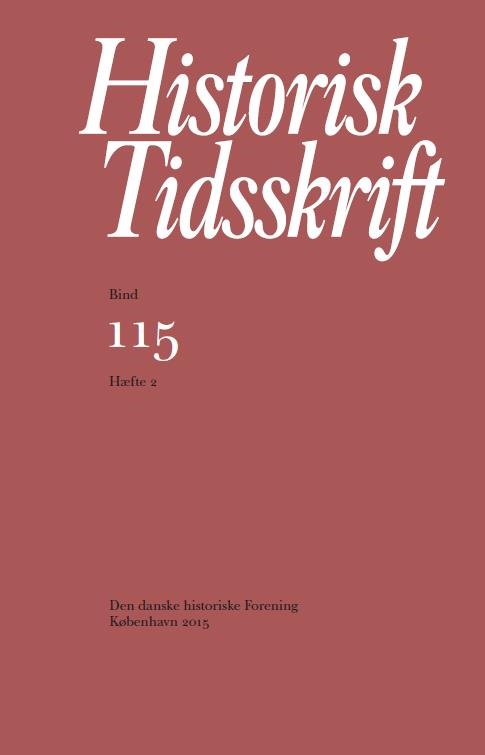„... formaalstjenligt, at Kvinder og Mænd ogsaa stilles paa lige Vilkaar med Hensyn til de politiske Valg“. Kvindelig valgret i lyset af samfundsudviklingen og den parlamentariske situation i Danmark 1886-1915
Resumé
„... expedient, that women and men are also considered equal as regards the political elections“ Women’s suffrage in light of societal developments and the parliamentary situation in Denmark 1886-1915
In 1915 a new Danish constitution was introduced that included universal suffrage for women as well as for servants and other persons without an independent household. This article looks at the debate on universal suffrage up to the new constitution in conjunction with three extensive contemporary political debates: the question of the shape of democracy, gender roles, and the nature of government. The decisive battle for female suffrage took place in connection with the discussion of local suffrage during the Constitutional Conflict rather than as part of the discussion of the constitution before the changes of political suffrage in 1915. During the Constitutional Conflict the question of women’s suffrage afforded an opportunity to discuss the practicalities of democracy: who should to be entitled to vote and on what conditions, and was first-past-the-pole constituencies or proportional representation the most appropriate principle? From the very beginning, the question of gender was interwoven with the social question in terms of extension of the electorate and this continued to prevent approval of womens’ suffrage even after ideological resistance to the women’s vote and right to stand for election had disappeared. The question was also complicated by the fact that married and unmarried women did not enjoy the same legal rights. Opponents and proponents of women’s suffrage agreed that women possessed other skills than men. Women were particularly suited for taking on social tasks in society, working with the poor, children, schools and church. Gradually these skills gave access to political power rather than restricted it because the tasks associated with them increasingly became the responsibility of local government rather than civil society. The article argues that democratization of the Danish political system took place in a process where society was conceived of as an extension of the household. Thus men and women were given vote and other political rights on the basis of gender-based skills and obligations they held in the home.
Downloads
Publiceret
Citation/Eksport
Nummer
Sektion
Licens
Ophavsret til bidrag i Historisk Tidsskrift tilhører forfatterne og Den danske historiske Forening som udgiver af Historisk Tidsskrift. For illustrationer gælder den ophavsret, som står anført i billedteksten. Ophavsretslovens almindelige bestemmelser gælder, hvilket vil sige, at ophavsretten gælder i 70 år efter forfatterens død. Bidrag i Historisk Tidsskrift må derfor, med forbehold for en ”moving wall” på tre år, frit downloades, læses, gemmes, anvendes og citeres (med kildeangivelse) i privat og videnskabelig sammenhæng, men de må ikke helt eller delvis genudgives af tredjepart, heller ikke i redigeret form, uden tilladelse fra forfatterne og Den danske historiske Forening. Henvendelse skal i så fald rettes til Historisk Tidsskrifts redaktion på histtid@hum.ku.dk.





